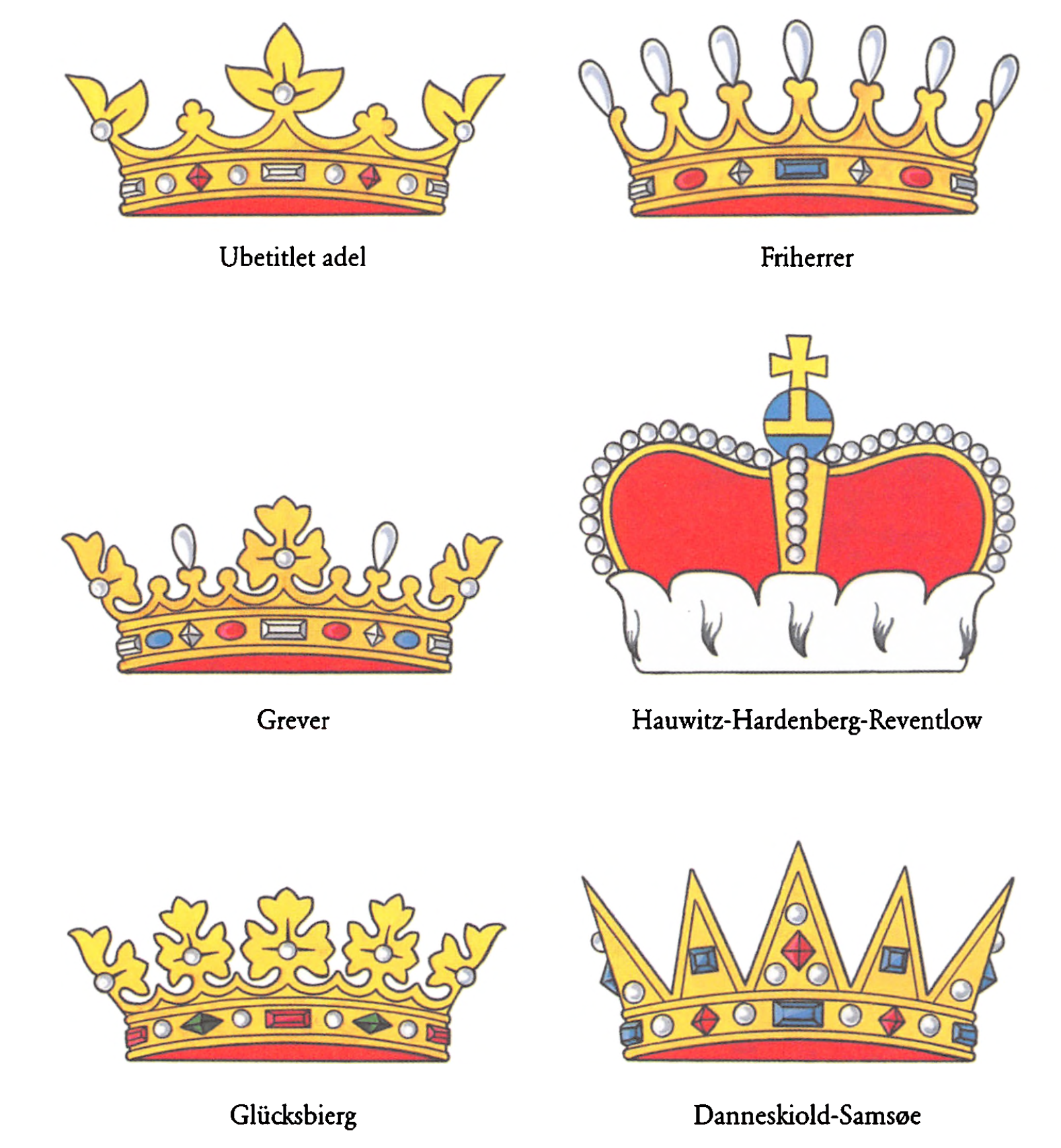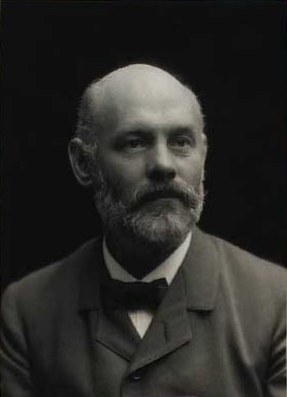|
Gyldenstierne
Gyldenstjerne, also spelled ''Gyldenstierne'' and in Swedish ''Gyllenstierna'' (English: ''Golden Star''), is a Danish, Norwegian, and Swedish noble family divided into various branches and ranks. It is one of the oldest noble families in Scandinavia. The family surname appears, in the form of ''Guildenstern'', in William Shakespeare's tragedy ''The Tragedy of Hamlet, Prince of Denmark'' (see Rosencrantz and Guildenstern). The surname should not be confused with Gyldensteen ("Golden Stone"), the name of another short-lived Danish noble family, first recorded in 1717 and which became extinct in 1749. The family has a prominent position in Danish, Norwegian, and Swedish history. It belonged to the higher nobility, and paradoxically, in Sweden it supported the absolute monarchy. The member with the highest standing was the noblewoman Kristina Nilsdotter Gyllenstierna, who as Sten Sture the younger's wife was ''regent consort of Sweden''. History Denmark The oldest known man in ... [...More Info...] [...Related Items...] OR: [Wikipedia] [Google] [Baidu] |
Norwegian Nobility
Aristocracy of Norway refers to modern and medieval aristocracy in Norway. Additionally, there have been economical, political, and military elites thatrelating to the main lines of Norway's historyare generally accepted as nominal predecessors of the aforementioned. Since the 16th century, modern aristocracy is known as nobility ( no, adel). The very first aristocracy in today's Norway appeared during the Bronze Age (1800 BC500 BC). This bronze aristocracy consisted of several regional elites, whose earliest known existence dates to 1500 BC. Via similar structures in the Iron Age (400 BC793 AD), these entities would reappear as petty kingdoms before and during the Age of Vikings (7931066). Beside a chieftain or petty king, each kingdom had its own aristocracy. Between 872 and 1050, during the so-called unification process, the first national aristocracy began to develop. Regional monarchs and aristocrats who recognised King Harald I as their high king, would normally receiv ... [...More Info...] [...Related Items...] OR: [Wikipedia] [Google] [Baidu] |
Axel Gyldenstierne
Axel Gyldenstierne (born c. 1542, died 13 July 1603 at Sandviken, Gotland) was a Danish-Norwegian official and Governor-general of Norway from 1588 until 1601. Northern Seven Years' War He is first mentioned in the records during the Northern Seven Years' War (1563–70), when he served at King Frederik II’s court, as well as in field operations. He was a member of the king's retinue at the peace treaty negotiations at Roskilde and served as the government's messenger to peace mediators in Szczecin. His records were a significant contribution to the recorded Danish history of this war. The Treaty of Stettin was concluded on 13 December 1570, ending the Northern Seven Years' War between the Swedish Empire and Denmark-Norway (in alliance with Lübeck and Poland-Lithuania). The treaty was favorable for Denmark, assuring Danish hegemony in Northern Europe for a short period. Danish National Council After the war he was awarded feudal lordships in Denmark and Skåne. From 1579 h ... [...More Info...] [...Related Items...] OR: [Wikipedia] [Google] [Baidu] |
Rosencrantz And Guildenstern
Rosencrantz and Guildenstern are characters in William Shakespeare's tragedy ''Hamlet''. They are childhood friends of Hamlet, summoned by King Claudius to distract the prince from his apparent madness and if possible to ascertain the cause of it. The characters were revived in W. S. Gilbert's satire, '' Rosencrantz and Guildenstern'', and as the alienated heroes of Tom Stoppard's absurdist play, ''Rosencrantz and Guildenstern Are Dead'', which was adapted into a film. '' Rosencrantz'' ("rose wreath") and '' Gyldenstjerne/Gyllenstierna'' ("golden star") were names of Danish (and Norwegian, and Swedish) noble families of the 16th century; records of the Danish royal coronation of 1596 show that one tenth of the aristocrats participating bore one or the other name. James Voelkel suggests that the characters were named after Frederik Rosenkrantz and Knud Gyldenstierne, cousins of Tycho Brahe who had visited England in 1592. Shakespeare's ''Hamlet'' The majority of characters ... [...More Info...] [...Related Items...] OR: [Wikipedia] [Google] [Baidu] |
Danish Nobility
Danish nobility is a social class and a former estate in the Kingdom of Denmark. The nobility has official recognition in Denmark, a monarchy. Its legal privileges were abolished with the constitution of 1849. Some of the families still own and reside in castles or country houses. A minority of nobles still belong to the elite, and they are as such present at royal events where they hold court posts, are guests, or are objects of media coverage, for example Kanal 4's TV-hostess Caroline Fleming née Baroness Iuel-Brockdorff. Some of them own and manage companies or have leading positions within business, banking, diplomacy and NGOs. Historians divide the Danish nobility into two categories: ancient nobility ( da, uradel) and letter nobility ( da, brevadel) based on the way they achieved nobility. Another status based categorization distinguishes between higher and lower nobility ( da, højadel, lavadel). "Ancient nobility" refer to those noble families that are known from ... [...More Info...] [...Related Items...] OR: [Wikipedia] [Google] [Baidu] |
Sweden
Sweden, ; fi, Ruotsi; fit, Ruotti; se, Ruoŧŧa; smj, Svierik; sje, Sverji; sju, Sverje; sma, Sveerje or ; yi, שוועדן, Shvedn; rmu, Svedikko; rmf, Sveittiko. formally the Kingdom of Sweden, is a Nordic countries, Nordic country located on the Scandinavian Peninsula in Northern Europe. It borders Norway to the west and north, and Finland to the east. At , Sweden is the largest Nordic country and the List of European countries by area, fifth-largest country in Europe. The Capital city, capital and largest city is Stockholm. Sweden has a population of 10.5 million, and a low population density of ; around 87% of Swedes reside in urban areas in the central and southern half of the country. Sweden’s urban areas together cover 1.5% of its land area. Because the country is so long, ranging from 55th parallel north, 55°N to 69th parallel north, 69°N, the climate of Sweden is diverse. Sweden has been inhabited since Prehistoric Sweden, prehistoric times, . T ... [...More Info...] [...Related Items...] OR: [Wikipedia] [Google] [Baidu] |
Danish Noble Families
Danish may refer to: * Something of, from, or related to the country of Denmark People * A national or citizen of Denmark, also called a "Dane," see Demographics of Denmark * Culture of Denmark * Danish people or Danes, people with a Danish ancestral or ethnic identity * A member of the Danes, a Germanic tribe * Danish (name), a male given name and surname Language * Danish language, a North Germanic language used mostly in Denmark and Northern Germany * Danish tongue or Old Norse, the parent language of all North Germanic languages Food * Danish cuisine * Danish pastry, often simply called a "Danish" See also * Dane (other) * * Gdańsk Gdańsk ( , also ; ; csb, Gduńsk;Stefan Ramułt, ''Słownik języka pomorskiego, czyli kaszubskiego'', Kraków 1893, Gdańsk 2003, ISBN 83-87408-64-6. , Johann Georg Theodor Grässe, ''Orbis latinus oder Verzeichniss der lateinischen Benen ... * List of Danes * Languages of Denmark {{disambiguation Language and nati ... [...More Info...] [...Related Items...] OR: [Wikipedia] [Google] [Baidu] |
Sven Tito Achen
Sven Tito Achen (born 29 July 1922 in Buenos Aires, Argentina; died 14 November 1986) was an Argentinian- Danish writer and author on heraldry, co-founder of the Scandinavian Society of Heraldry (Societas Heraldica Scandinavica) and the first editor of the Scandinavian Heraldisk Tidsskrift (Heraldry Journal) published in Denmark. Bibliography *Heraldikkens femten glæder (The Fifteen Joys of Heraldry), 1971 *Alverdens heraldik i farver (Heraldry of the World - In Colours), translated, and edited from Carl Alexander von Volborth, 1972 *Danske adelsvåbener, en heraldisk nøgle (Danish Lordships Coats of Arms, a key to heraldry), 1973 *Symbols Around Us, 1978 *Danmarks kommunevåbener - samt Grønlands og Færøernes (Danish Municipal Heraldry, including Greenland Greenland ( kl, Kalaallit Nunaat, ; da, Grønland, ) is an island country in North America that is part of the Kingdom of Denmark. It is located between the Arctic and Atlantic oceans, east of the Canadian Arctic A ... [...More Info...] [...Related Items...] OR: [Wikipedia] [Google] [Baidu] |
Anders Thiset
Anders Thiset (25 February 1850 -14 July 1917) was a Danish historian, genealogist, heraldic artist, archivist and encyclopedist. Biography Thiset was born in Copenhagen, Denmark. He was a student of H.E. Melchior (1881-1927) and completed Melchiors Borgerskole with a preliminary examination in 1864. He b'Danske adelige Brevkister'' (1897). He is most known for publishing '' Danmarks Adels Aarbog'' from 1884 together with journalist H.R. Hiort References {{Portal, Biography, Denmark, Writing 19th-century Danish historians 20th-century Danish historians Danish genealogists Danish archivists Encyclopedists People from Copenhagen 1850 births 1917 deaths Knights of the Order of the Dannebrog ... [...More Info...] [...Related Items...] OR: [Wikipedia] [Google] [Baidu] |
Swedish House Of Nobility
The House of Nobility ( sv, Riddarhuset) in Stockholm, Sweden, is a corporation and a building that maintains records and acts as an interest group on behalf of the Swedish nobility. Name The name is literally translated as ''House of Knights'', as the knights ( sv, riddare) belong to the higher ranks of the Swedish nobility, sometimes also together with titles as count ( sv, Greve) and baron ( sv, friherre). All esquires are also represented in the corporation (most of the families are so called ''untitled nobility'', sv, obetitlad adel). This is a tradition from the Middle Ages when Sweden during the Kalmar Union only had one knight: Sten Sture. History Between the 17th and the 19th century the House of Nobility was a chamber in the Riksdag of the Estates. In the 18th century, the building was often used for public concerts. From 1731, public concerts were performed here by Kungliga Hovkapellet. Elisabeth Olin is believed to have debuted here in the 1750s, and fore ... [...More Info...] [...Related Items...] OR: [Wikipedia] [Google] [Baidu] |
Treaty Of Roskilde
The Treaty of Roskilde (concluded on 26 February ( OS), or 8 March 1658) ( NS) during the Second Northern War between Frederick III of Denmark–Norway and Karl X Gustav of Sweden in the Danish city of Roskilde. After a devastating defeat, Denmark–Norway was forced to give up a third of its territory to save the rest, the ceded lands comprising Blekinge, Bornholm, Bohuslän (Båhuslen), Scania (Skåne) and Trøndelag, as well as her claims to Halland. After the treaty entered into force, Swedish forces continued to campaign in the remainder of Denmark–Norway, but had to withdraw from the Danish isles and Trøndelag in face of a Danish–Norwegian– Dutch alliance. The Treaty of Copenhagen restored Bornholm to Denmark and Trøndelag to Norway in 1660, while the other provinces transferred in Roskilde remained Swedish. Background As the Northern Wars progressed, Charles X Gustav of Sweden crossed the frozen straits from Jutland and occupied the Danish island of ... [...More Info...] [...Related Items...] OR: [Wikipedia] [Google] [Baidu] |





